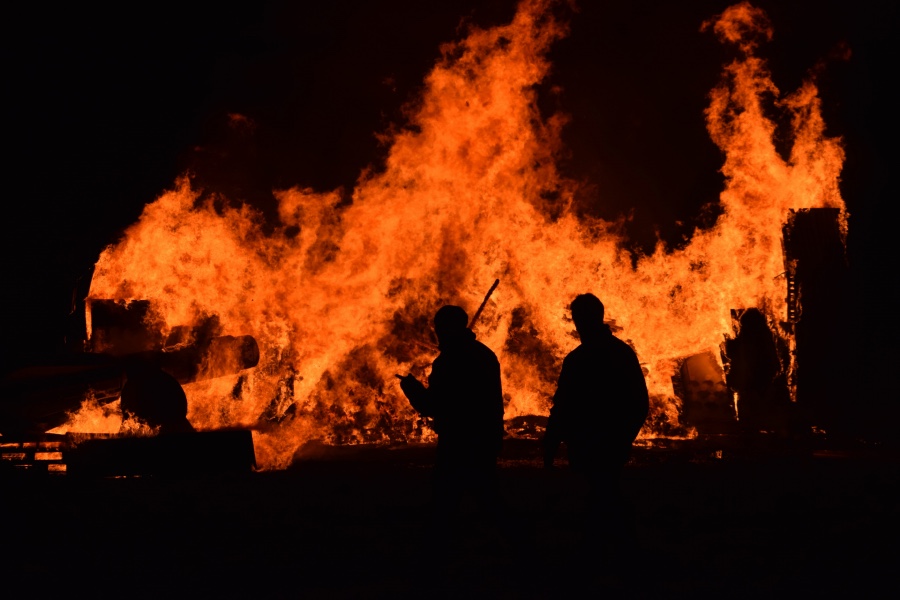Environment
Climate change expected to increase wildfires according to recent study
A new study from UCLA anticipates record wildfire seasons to grow at a startling rate due to climate change.
Written by Ilyas Hussein
Interactive Storymap by Christina Apa
Layout by Kirsten Fee
A new study from UCLA anticipates record wildfire seasons to grow at a startling rate due to climate change.
In the past decade, wildfires have increasingly developed, impacting the world environmentally, economically and socially.
Earth’s climate has slowly deteriorated over time as its core is gradually heating up. Forest fires are a direct outcome of this sustained issue.

Wildfires can be ignited in multiple ways, naturally through the Sun, lightning or even a slight spark. However, they thrive most in a dry environment, such as Australia, California or British Columbia. All of which have suffered tragic fires in recent times.
“Large wildfire-burned areas, especially those not located near urban areas, tend to have high vapour pressure deficits, conditions that are associated with warm, dry air,” said UCLA. “Human-induced warming is now more responsible for the increase of vapour pressure deficit than natural variations in atmospheric circulation.”
These burning regions enhance the emission of carbon into the atmosphere. At the same time, they damage forests, which decreases the Earth’s natural capability to absorb carbon. According to the World Health Organization, “they also lead to a deterioration of the air quality, and loss of property, crops, resources, animals and people.”
Overall, the devastation of these areas makes it more difficult for the population to reduce their carbon footprint, as fires mean extra efforts will be needed.
A rise in the destruction caused by wildfires also leads to an overall economic loss. Federal budgets have been negatively impacted by the severity of the matter, as they have to spend more on fire suppression expenditures.
“Since 2000, 15 forest fires in the United States have cause at least $1 billion in damages each, mainly from the loss of homes and infrastructure, along with firefighting costs.”
Centre of Climate and Energy Solutions
Forest fires can also demonstrate various impacts on the social life of individuals within the area. Loss of electricity, cut telephone lines and blocked roadways are just a few examples of how daily activities can become no longer.
The study went on to associate factors of increased vapour pressure with the beginning of the 21st century. Four co-authors were involved in the paper, led by Yizhou Zhuang, a UCLA postdoctoral scholar.
